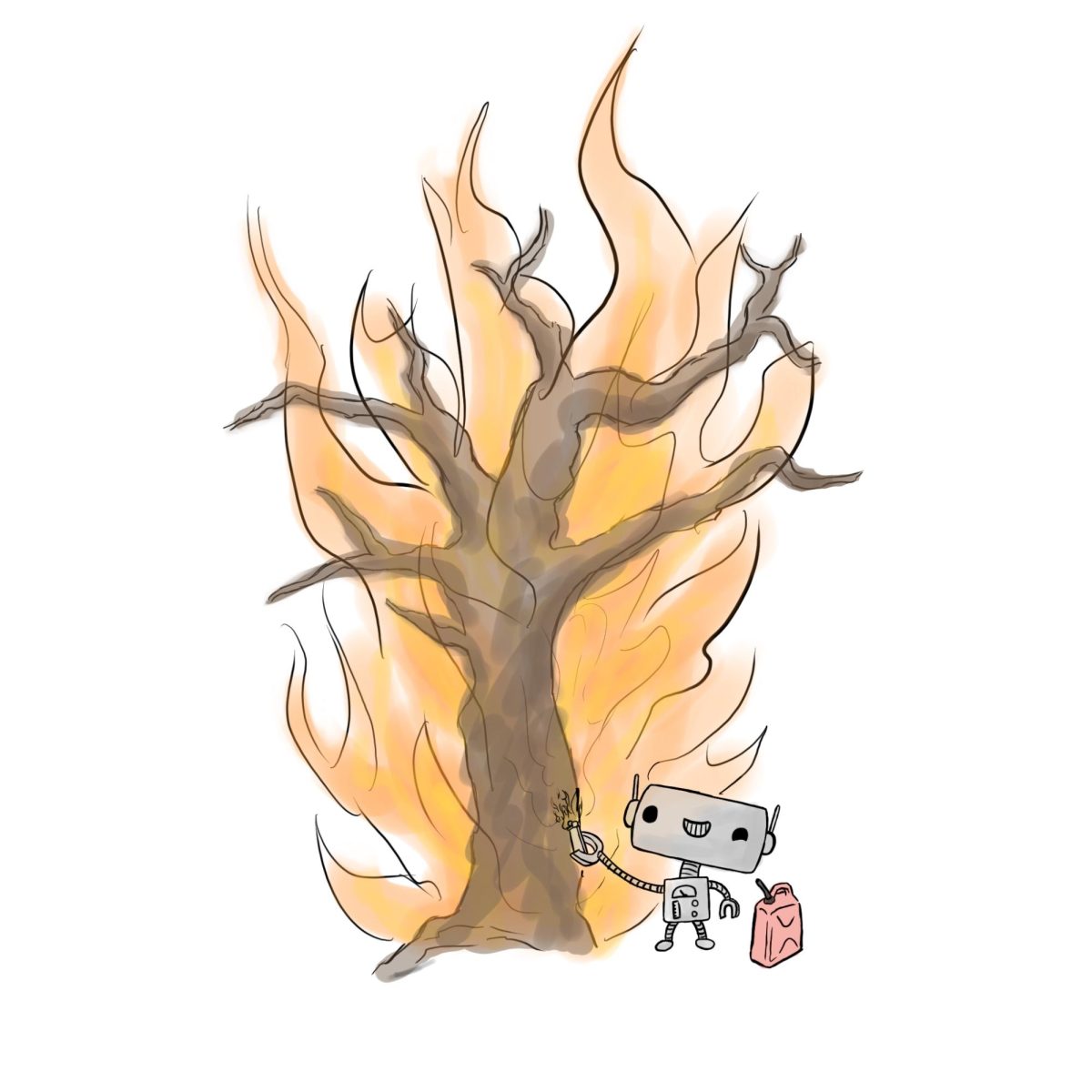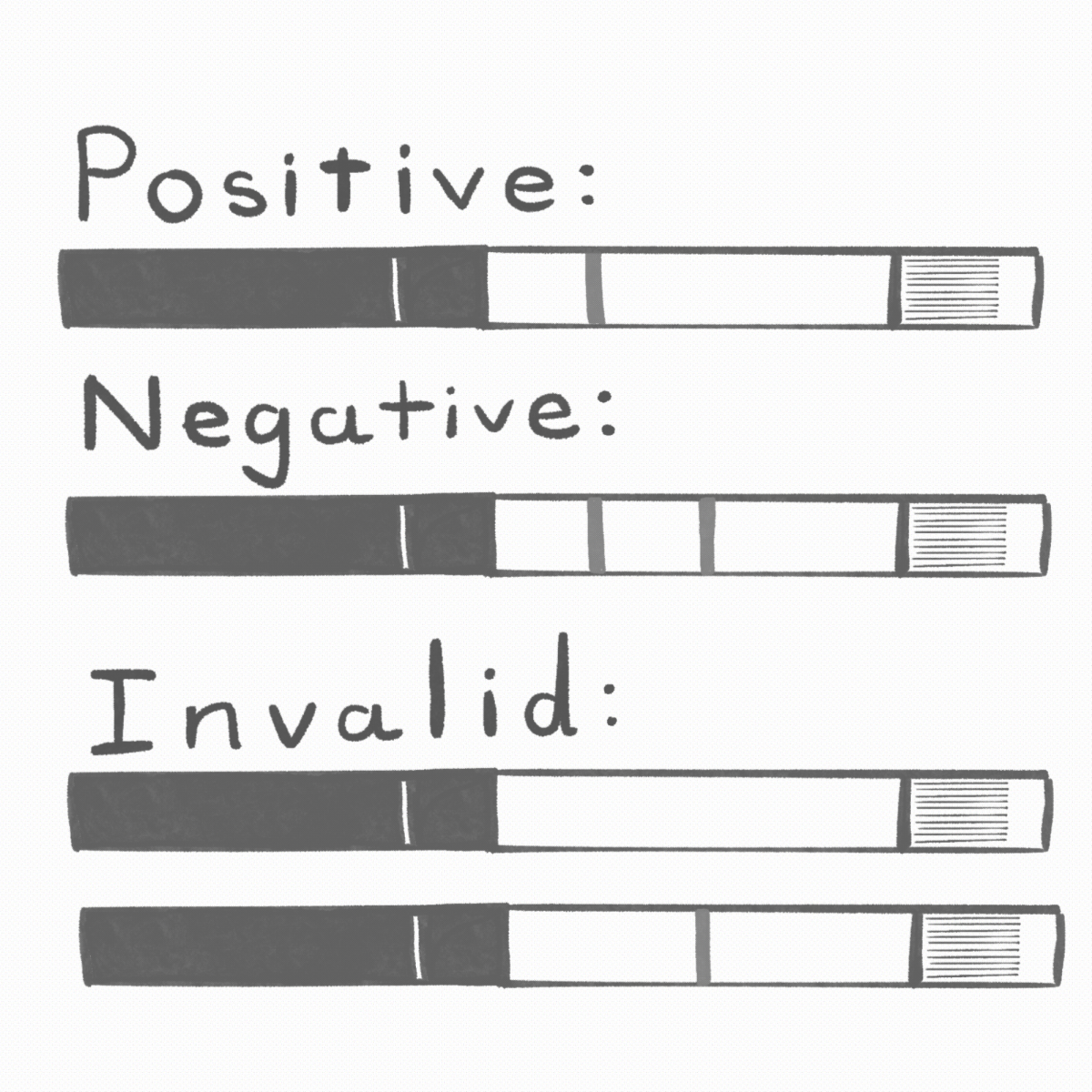Art vandalism is nothing if not polarizing, and it’s a topic I deal with a lot as an art history major who aspires to work in museums. It’s weird to be expected to denounce art vandalism just because I study art. Obviously, I don’t want art to get damaged, but I would argue that potential destruction can be a good thing if we ask ourselves what it really means to destroy art. Is it throwing tomato soup at the “Mona Lisa” to be heard by an indifferent government? Or is it minimizing a painting’s message?
Beginning in 2022, we saw the rise of art vandalism in the name of environmental protests. In October, Van Gogh’s “Sunflowers” was drenched in tomato soup, Monet’s “Grainstacks” was splattered with mashed potatoes and Vermeer’s “Girl With a Pearl Earring” was also soaked in tomato soup — or at least the glasses in front of them were. Most recently, on Jan. 28, the “Mona Lisa” was targeted by environmental activist group Riposte Alimentaire, this time with pumpkin soup. Many vandalisms have taken place between then and now, yet think pieces are still talking about the “destruction” of the art instead of the messages such actions convey.
So let’s dissect this: Why these paintings? It’s no secret how important these paintings are to pop culture. It’s worth noting that all paintings targeted thus far have been protected by museum glass, an intentional choice to ensure no real damage is done to the paintings. Not to mention most of these artworks are oil paintings. While oil paint is a popular art medium, it is not the most environmentally friendly — something that likely would be important to climate activists. The environmental symbolism at play here gives us insight into why certain works are chosen, on top of the fact that millions of dollars are being spent protecting these artworks that could be spent on preventing climate change.
While the use of mass-produced canned foods in protest actions may seem ironic for advocates of environmental activism, the use of these mass-produced food products has an important symbolism. The use of canned goods like tomato soup alludes to Andy Warhol’s infamous “Campbell’s Soup Cans”, a series of nearly identical paintings depicting various Campbell’s soups. The work highlights the absurdity of modern consumerism and mass production. When protesters use canned goods as their weapons, the message is that art is essentially being destroyed by the epitome of consumer culture and mass production, which are phenomena that will inevitably destroy all we love if we fail to acknowledge its effects on the climate.
These forms of protest imbue more significant cultural and historical meaning to these pieces, like how the “Mona Lisa” is more valuable because of the intrigue created by the multiple times it was stolen. Each step taken by protesters has been thought through and holds symbolic meaning, from the soup used to the chosen paintings. The actions taken matter — they don’t destroy the art, but rather build on its meaning and commentary. We can now look at these works in a more critical light: why do we spend more money on a piece of art than on our actual society? How do these protests add to the overall themes of works from Monet and Van Gogh, who focused on capturing the beauty of nature that climate change will erase?
The real acts of “vandalism” we should be worried about are those that detract from the art’s original meaning, add nothing to the conversation or overshadow important messages. A good example can be found in the story of the recent controversy over Keith Haring’s “Unfinished Painting,” which was created by Haring in 1989, a year after he was diagnosed with AIDS and a year before he died from it. The painting not only depicts a forever unfinished portrait of AIDS victims but also Haring’s somber understanding of his early death. It serves as a visual representation of how the government’s inaction to stop the AIDS epidemic continues to cause the untimely death of many.
Recently, a Twitter user used AI to generate what the painting would have looked like if finished, disregarding the fact the unfinished painting was intentional. By completing the painting it contributes to the mass erasure of countless AIDS victims. This is what art destruction truly is — not throwing tomato soup at glassed works of art, but altering the piece’s original meaning, detracting from the weight of the work and removing the opportunity for critical analysis.
Art destruction can come in many forms, and while I don’t want art to be vandalized, it’s important to understand what should warrant more criticism. We need to look more critically at the reasons art is vandalized and stop worrying about the vandalism itself. We should, however, be afraid of things like the “Unfinished Painting” AI generation, destruction that undermines the artist’s original message and adds nothing to the conversation.







